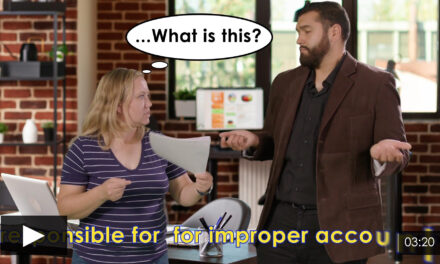Many current market indicators, such as slowing price depreciation, shrinking inventory, and increased buyer competition, open up an oasis of sunny optimism in an economic world saturated with dire news. However, multiple existing supply (inventory) and demand (buyer) conditions create an ominous cloud which will likely dampen today’s premature celebration.
Demand to buy homes will likely wither, even though sales volume has bounced out of the trough initially felt in January 2008. Rising unemployment concerns continue to scare potential buyers from the real estate market, as for some it should. Traditional “move-up” buyers are scarce as they cannot sell their home for enough to upgrade.
Mortgage financing has returned to prudent (i.e., more stringent) lending standards, freezing out those less-than-perfect (under 720) borrowers who thrived during the boomlicious years and artificially drove demand to unsustainable levels from which we now have an equally severe and unsustainable contraction. Additionally, despite their recent nosedive, home prices are still known by the general public to be too high, alienating potential buyers until prices return to1999-2000 levels.
MLS inventories will soon swell. Foreclosure moratoriums honored by major lenders in the hope of a government rescue from toxic mortgages have come to an end. Additionally, the resulting increase in trustee’s sales and the already massive “shadow inventory” of foreclosed homes (which awaited government rescue that never came) have yet to hit the market. Distressed mortgages that have been recently modified are now proving they will likely end up in default and foreclosure within six months.
As prices continue to drop, which they certainly will, greater numbers of discouraged underwater homeowners will mail their keys into their lender and walk, refusing (with plenty of rational justification) to continue paying to keep an upside-down asset. A large volume of adjustable rate mortgages (ARMs) will soon reset upward, dramatically increasing borrowers’ monthly payments, a new burden that may prove too onerous for many homeowners. Additionally, the foreclosure trend has spread to high-end properties, a segment of property that was previously semi-immune to the real estate collapse, where sales volume has been shrinking since 2003.
first tuesday take: The insidious epidemic of failed real estate ownership that nationally obliterated upwards of six trillion dollars of home equity has yet to be purged from the California market. Recovery will come, and for the moment the sales volume may have leveled out at a sustainable pace for 18 months to a year as the flood of REOs hitting the market at ever lower prices attracts buyers. Those brokers and agents who are flexible and inquisitive will figure out how to make a living and even profit from the massive shift in ownership that is underway. Cost cutting will be a huge part of it. The big picture forward is full of opportunities; one need only be conscientious, not brave.
But recovery always requires the bitter medicine of temporarily lowered living standards for most real estate participants while the marketplace takes its sweet time to once again return to market fundamentals. Be happy the market is vibrant, even though prices are dropping, for you never want a stalled and static real estate market if it’s money you wish to make.
Re: “Signs of more trouble ahead for housing market,” from The San Francisco Chronicle.














You are closer to most in figuring about this “shadow inventory”. It does not exist. My research in the field, and the data from foreclosureradar.com makes it clear: servicers IGNORE over half of delinquent mortgages. These people are not in any loan mod program, they are simply ignored after even 9, 12 months of delinquency. I hear stories all the time of people who stopped paying, are not in any loan mod program, yet have no NOD.
My institutional client report on the San Diego housing market goes out on Monday, enjoy!
http://www.californiahousingforecast.com/san-diego-housing-research/
What is the FHA Maximum Ratios for purchasing. Have buyer with 67 % Total debt and home expenses.
What are the Rents % credit given to buyer on Income property.
Ray